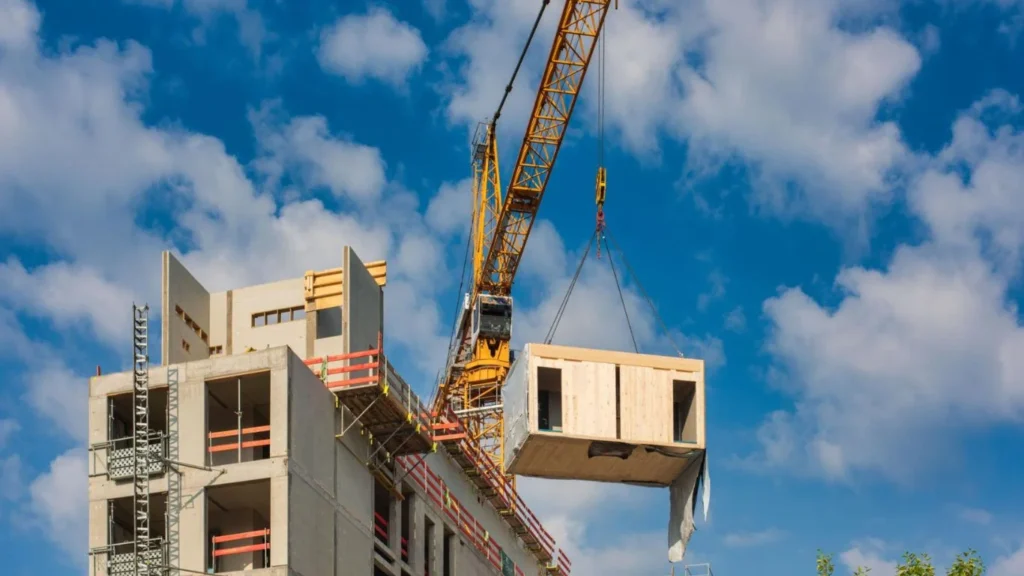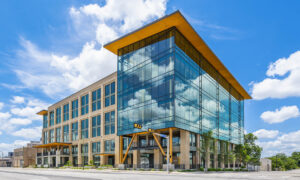
The construction industry is changing fast, and modular / prefabricated construction is leading the transformation. Combining speed, precision, and sustainability, prefab methods allow buildings to be assembled off-site in modules and installed quickly on location reducing costs, waste, and disruption.
From housing to hospitals, prefab building systems are redefining modern architecture through innovation and efficiency.
What Is Modular / Prefabricated Construction?
Modular construction is a method where a building is manufactured in sections (modules) within a controlled factory environment. These modules are later transported and assembled on-site to form the final structure.
Prefabricated construction is a broader term that includes modular buildings, panelized walls, steel or concrete components, and pre-engineered structures made in factories.
✅ Example: A modular apartment complex where each room is pre-built with plumbing, wiring, and insulation, then stacked on-site like building blocks.
Advantages of Modular / Prefabricated Construction
- Speed & Efficiency
- Construction time is reduced by up to 50%, as site preparation and module manufacturing happen simultaneously.
- Ideal for projects with strict deadlines like schools, hospitals, and hotels.
- Cost Savings
- Factory-based manufacturing reduces material waste, labor costs, and on-site delays.
- Predictable costs improve budgeting accuracy.
- Superior Quality Control
- Modules are built indoors under strict quality standards, free from weather disruption.
- Consistent inspection ensures precision and durability.
- Sustainability
- Prefab buildings minimize waste, consume less energy, and generate fewer carbon emissions.
- Many prefab materials are recyclable and reusable.
- Design Flexibility
- Contrary to old myths, modern modular designs can be high-end, stylish, and customizable from minimalist homes to luxury offices.

Common Types of Modular Construction
- Volumetric Modular Buildings: Fully enclosed units like hotel rooms or classrooms built off-site.
- Panelized Systems: Flat panels for walls, floors, and roofs assembled on-site.
- Hybrid Modular: A mix of on-site and off-site techniques to optimize cost and flexibility.
- Portable Modular Units: Designed for relocation, such as mobile offices or temporary housing.
Industries Using Modular / Prefab Systems
| Sector | Application Example |
|---|---|
| Residential | Affordable housing, multi-family apartments |
| Commercial | Retail outlets, offices, hotels |
| Healthcare | Clinics, hospitals, vaccination centers |
| Education | Classrooms, dormitories, labs |
| Industrial | Modular warehouses, clean rooms |
Challenges and Considerations
Despite its benefits, prefab construction has unique challenges:
- Transportation logistics – modules must be safely delivered to the site.
- Design limitations – building codes and site constraints may affect layouts.
- Upfront investment – factories and design systems require higher initial capital.
However, with growing adoption, these challenges are being overcome through better regulations, modular standards, and smart design software (BIM).
Environmental & Future Impact
Modular and prefab construction play a key role in sustainable urban development. They support net-zero goals, reduce embodied carbon, and promote a circular economy by reusing modules and components.
In 2025 and beyond, we can expect AI-driven modular design, 3D-printed prefabs, and mass timber hybrid systems to dominate green architecture.
Conclusion
Modular / Prefabricated Construction represents the future of building faster, cleaner, and smarter. Whether for residential, commercial, or industrial projects, adopting prefab solutions means saving time, reducing costs, and minimizing environmental impact.
Now is the time to rethink how we build not piece by piece on site, but efficiently, precisely, and sustainably in the factory.






